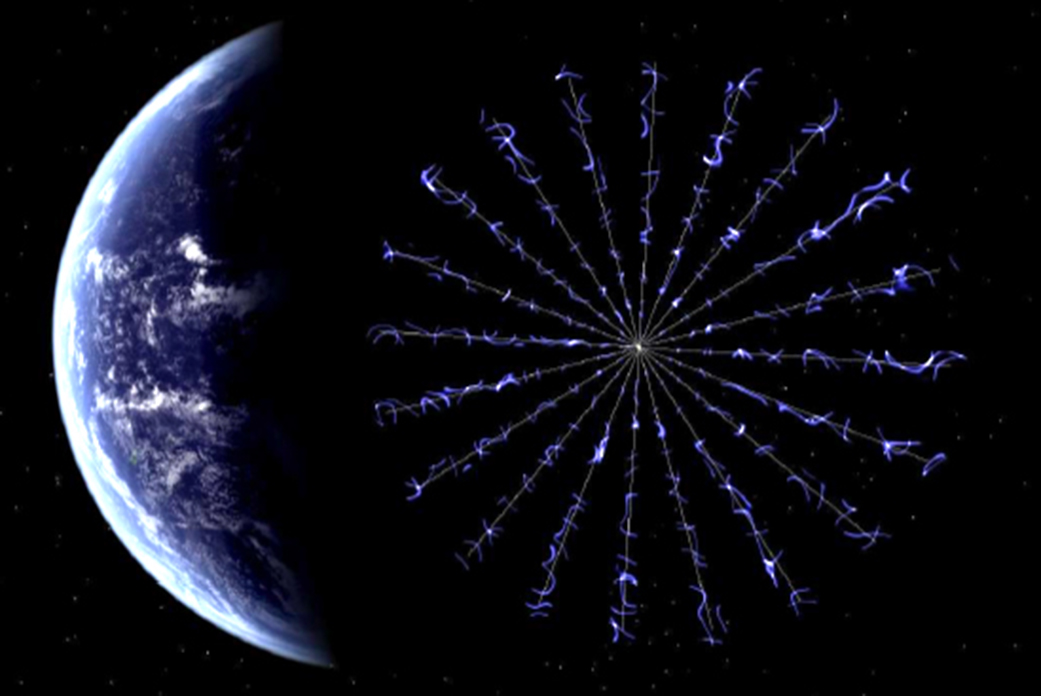In the post-Voyager era of deep space flight, spacecraft propulsion designs feel like science fiction. Instead of using rockets and a thermonuclear generator to produce heat, we have things like solar sails, laser sails, and ion propulsion. These all take advantage of the vastness of space to create a slow-but-continuous acceleration that can get spacecraft moving at incredible speeds. Of course, even at incredible speeds it will still take decades to reach other stars, but compared to Voyager, it’s a step in the right direction.

If you want to get to the outer solar system quickly, try the Heliopause Electrostatic Rapid Transit System (HERTS). It could make the 100 AU journey to the edge of the solar system in about 15 years, compared to the 35 years it took voyager. It also uses a lot less energy, because it acts like a solar sail. By extending multiple 20-km-long charged rods that are only 1 mm thick, the sail would repel protons from the solar wind to move away from the Sun rapidly.
The real benefit is that this sail could accelerate far from the Sun, even where the solar wind is weaker, making interstellar travel a possibility as well. Off course it’s one thing to get up to speed and make the trip to another star, but how do you slow down?
One problem at a time I suppose.
